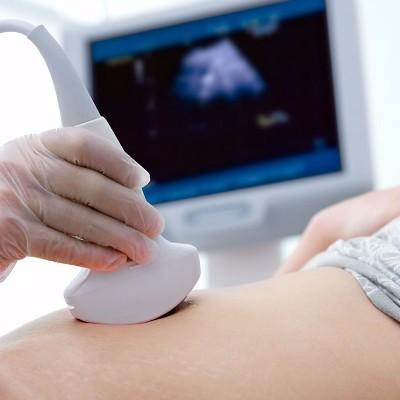Late symptoms of retroperitoneal tumor?
summary
When it comes to retroperitoneal tumors, few people believe they know about them. In fact, retroperitoneal potential lacunar tumors, can also be said to be more common. Late symptoms of retroperitoneal tumor? Let's talk about it.
Late symptoms of retroperitoneal tumor?
1. Most of the abdominal masses are asymptomatic in the early stage. It is common to find abdominal and back discomfort or pain during physical examination or by accident. Most of the patients had abdominal discomfort first and obvious abdominal pain in the late stage. A few patients had back pain, groin pain, scrotal pain to knee pain. With the increase of tumor, corresponding symptoms may appear, such as abdominal fullness, and even affect breathing; The lower abdomen is prone to fall and distension. The growth of tumor is slow, the adaptability is strong, and the symptoms are mild; The tumor grows fast, increases suddenly, has the hemorrhage necrosis, then appears the distending pain or the sharp pain.

2. Compression symptoms: irritation symptoms caused by compression of organs, such as stomach irritation, nausea and vomiting; Stimulation and compression of rectum may lead to increased defecation frequency or chronic intestinal infarction; When the bladder was stimulated, the frequency and urgency of urination appeared; There was hydronephrosis when the ureter was compressed; Invasion of celiac plexus can cause low back pain, perineal and lower limb pain; Compression of veins and lymphatic vessels can cause edema of lower limbs.

3. Systemic symptoms: weight loss, fever, fatigue, loss of appetite and even cachexia may occur when malignant tumor develops to a certain extent. If pheochromocytoma, because of its secretion of epinephrine and norepinephrine, paroxysmal hypertension can occur. If the tumor compresses the pancreas, it can stimulate the secretion of insulin and cause hypoglycemia.

matters needing attention
Retroperitoneal tumor is prone to recurrent local recurrence, patients often experience multiple operations, and the recurrence interval is gradually shortened, until the final operation can not be carried out. Therefore, patients need to pay attention to the first radical surgery, but also need to find the right time for surgery when recurrence occurs.
















